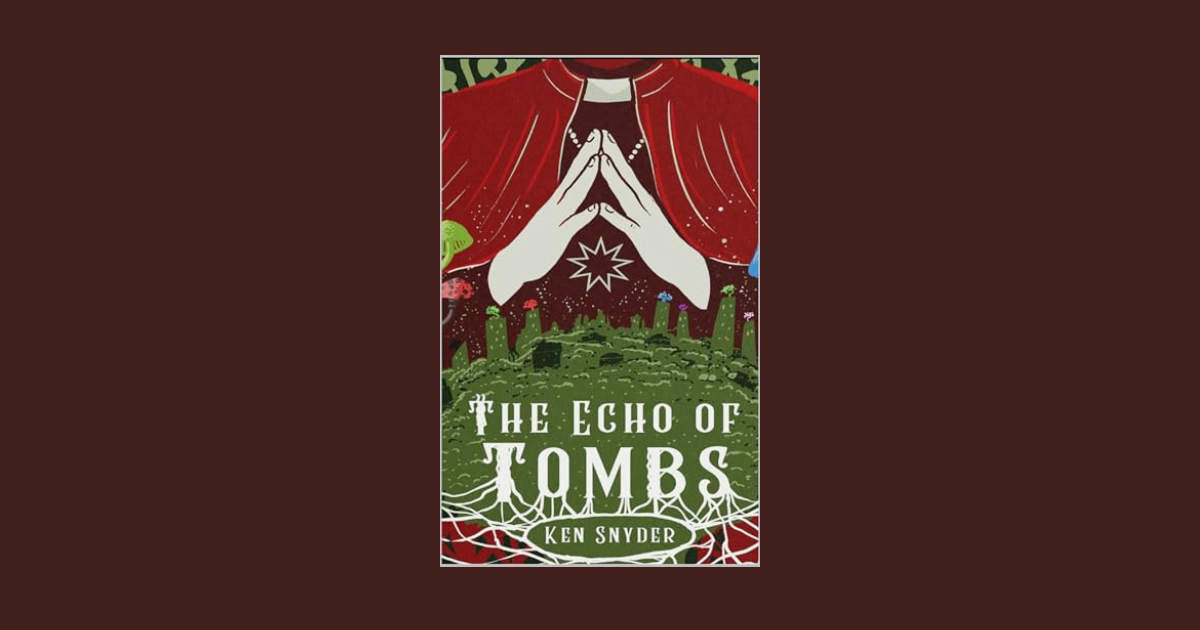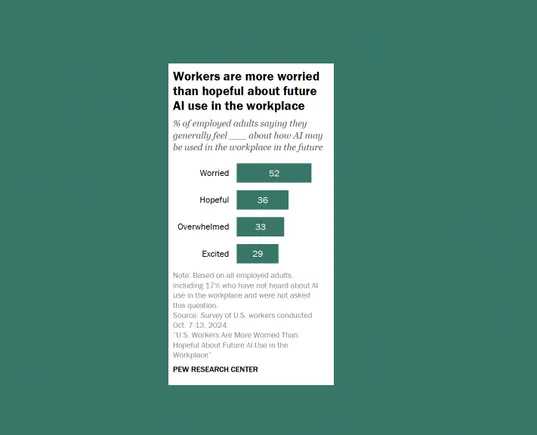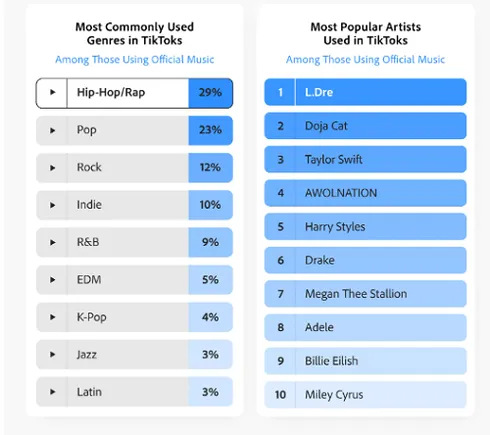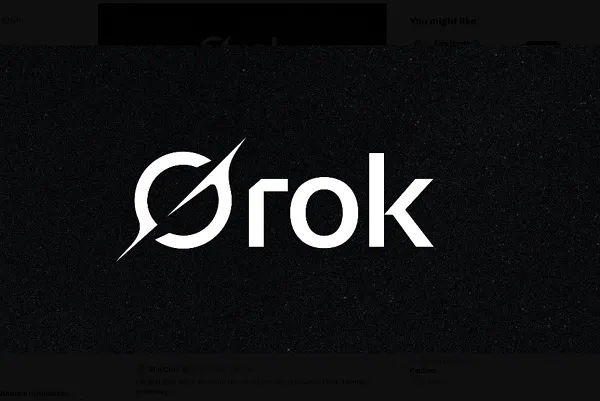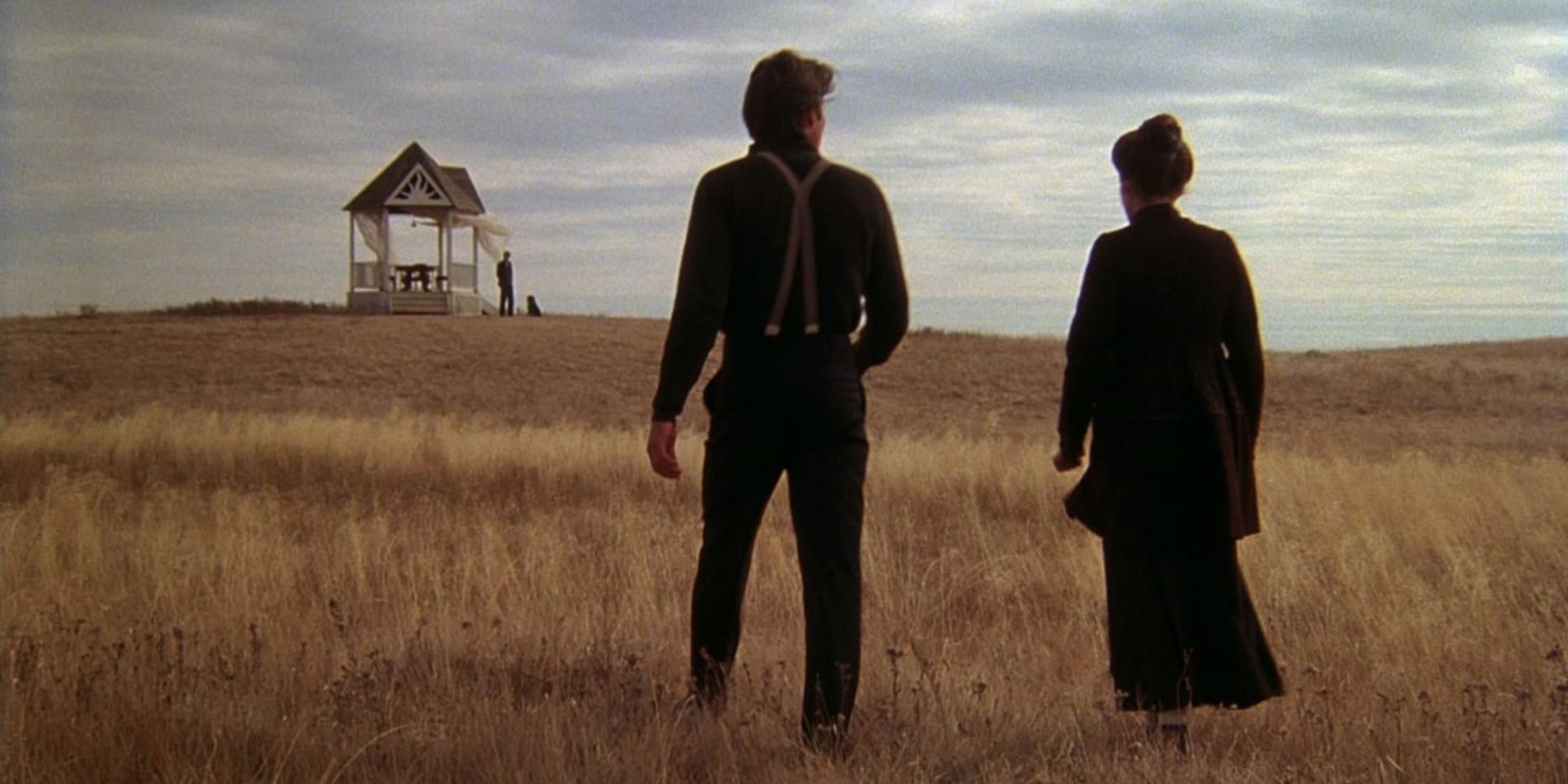In my previous article, I wrote about why creative marketing teams must break free from the outdated operating models to ensure longevity. It included a five-point framework for creating a high-performing organization:
- Proposition: Aligning and concentrating your marketing firm’s or in-house agency’s efforts with a focused vision, positioning strategy and value proposition.
- Principles: Unifying people with a shared set of operating principles on how to lead, collaborate, communicate and make decisions in their work.
- People: Aligning organizational structure, staffing and professional development opportunities to deliver on vision, strategy and value proposition.
- Process: Employing lightweight processes and tools for nimble ways of working.
- Performance: Measuring, analyzing and improving how your firm or in-house agency works.
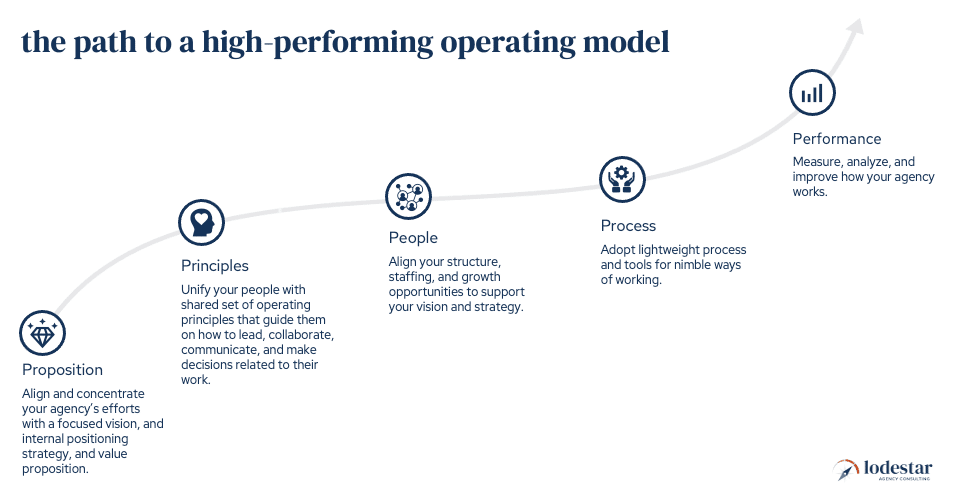
In this article, I’ll dive into “Proposition” and explain why aligning your organization’s efforts with a focused vision, positioning strategy and value proposition matters. I’ll also chart a course you can use to get started.
Building your foundation for focus
There is such a low barrier to opening a creative marketing firm today. Droves of talent are leaving agencies and opening their own firms or joining innovative talent communities and matchmaking marketplace. The market is saturated with creative and marketing service providers.
We also have CMOs bringing increasing amounts of work internally. As a result, many in-house production studios have grown and evolved, expanding their services and becoming better known as in-house agencies.
To thrive in this environment, your organization must become a unique provider of focused expertise that others can’t replicate. It’s the only way to secure a market position safe from the sea of sameness.
Marketing clients seek well-positioned “best-in-class” partners with narrow and deep expertise more than a range of lower-value services. The days of providing all types of services to all kinds of clients are behind us.
Today, offering a wide variety of services doesn’t scale. It’s costly, inefficient and creates chaotic operating environments.
Focus is what scales. With it, you can:
- Concentrate resources toward a coherent strategy.
- Quickly improve the skills of your people, your services and your internal ways of working because they’re focused on just one or a few specific solutions or services.
- Deploy people’s expertise across a large client base because they replicate the same focused service areas.
- Easily maintain alignment between strategy, operating model and day-to-day decisions.
Focus makes running your organization much easier and more profitable. You can produce better work, which helps with recruitment, employee morale and retention.
Developing a focused, differentiating positioning strategy
Successful creative marketing organizations align their resources around a focused and differentiating positioning strategy. They invest in expanding their unique expertise and what they’re best at, while shedding or outsourcing other costly or distracting capabilities.
As a result, they gain a variety of benefits.
- For creative marketing firms:
- A well-defined criteria for targeting ideal clients.
- A stronger win ratio in new business because you are playing to your strengths.
- Stronger pricing power.
- Reduction of costs.
- Better margins.
- Clearer direction for how to spend time, money and resources.
- A broader — not narrower — geographical market from clients seeking your expertise.
- Fewer competitors saying they can do what you do.
- For in-house agencies:
- Clarity on which internal clients you are best at serving.
- Stronger client alignment on when and how to work with your team.
- Easier to create opportunities to work on higher-value projects.
- Increased credibility amongst stakeholders and clients.
- Likely to be seen as a strategic partner.
- Reduction of agency-wide costs.
- Greater support and funding for staffing and tools.
- Less overlap and competition with external firms.
Charting your course forward
To develop a focused, differentiating positioning strategy, start by answering these four questions.
1. Who are our best customers? What markets or audiences do we know best?
Defining an effective positioning strategy means clearly defining and understanding your ideal customer — the types of clients you’re best suited to serve.
This requires exploring your experience within different business categories, market segments, audiences and even business models, depending on the clients you’ve served.
It may help to identify the following:
- The product or service categories you serve and perform well.
- The distribution and delivery channels you serve best.
- The internal and external stakeholders you know best.
- The types of audiences and market segments you know better than anyone.
- The types of brands you serve best.
Creative marketing firm example
Agency Sacks has defined its who as “affluent consumers.” They can influence the affluent as the audience they know best.
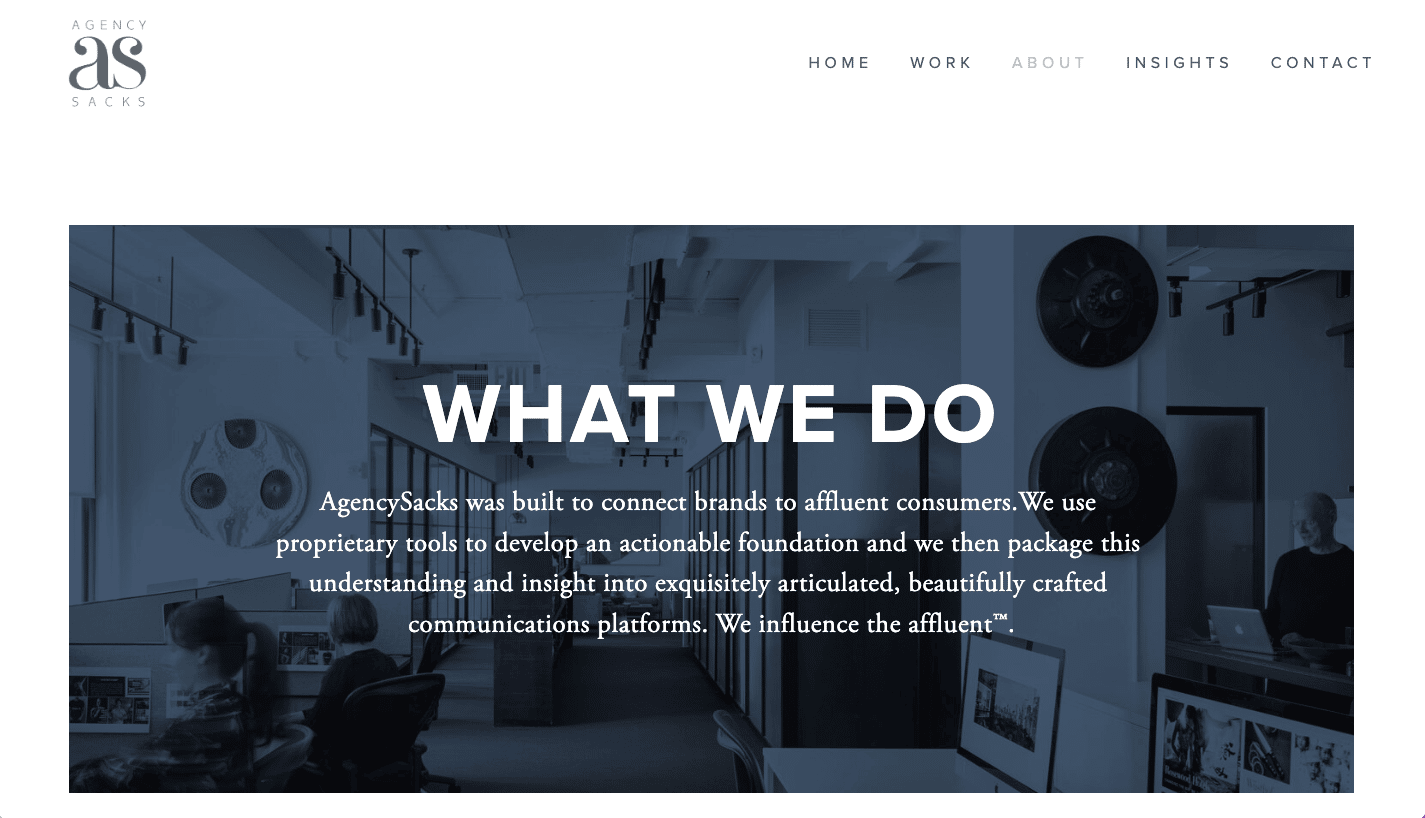
In-house agency example
ESPN’s CreativeWorks defines their who as sports fans, which makes perfect sense.

2. What are our core competencies? In which areas are we truly best-in-class?
You need to beyond identifying capabilities and find what it is you can deliver better in a dependable, differentiating way.
Look into:
- Unique skills your team may possess.
- Communication channels you know best.
- Customer points of contact who you know best along the customer journey.
- Unique strategic assets you own.
- Outcomes your clients consistently seek from you.
- Benefits you can deliver repeatedly.
These are different ways of looking at the same question. Often, we can find a pattern by separating services into different skills and abilities. Then, we can reorganize them to tell a compelling story about where you are truly best in class.
Example
Tribe has focused their what to be on internal communications. Their direction also works with their who — the audience they know best are the employees of global and national brands.

3. How are we different in the way we think? Do we have distinguishing approaches or philosophies?
This is how you identify the standards, values and beliefs by which your agency operates, serves clients and makes day-to-day decisions. It’s also about the proprietary approaches you bring to solving client problems.
Consider:
- The philosophies or beliefs that fuel how you work.
- The methods and approaches you use.
- Your “firsts” and major organizational milestones.
- Your access to specialized resources.
- Your beliefs about organizational design, structure or work environment.
Creative marketing firms and in-house agencies might be tempted to pick the answer to these questions as the basis of their strategy. It requires less focus and sacrifice than basing your strategy on the who or what questions. But going the easy way makes for a weak strategy.
Only a few organizations truly have a philosophy or approach to their work that is uniquely their own.
Example
TBWA is a great example of a positioning strategy that hinges on the question how. The firm owns the idea of disruption. No other agency can say they are the “Disruption” company as TBWA does. They have created disruption workshops, tools, a consultancy, disruption days and four books on the subject.

4. Why do we exist in the first place? What is our calling?
Without exception, the most notable marketing organizations have an ambitious reason for existing. They don’t let the market, competition or financials drive their reason for existing.
What drives your group from the inside? Your purpose must be the center of who you are as an organization.
Why is the most difficult question to answer. To help define your calling, think about the following:
- Beyond making money, what is our purpose?
- If our people were volunteers instead of employees, what would drive them to volunteer?
- What are the things we will always do?
- What are the things we will never do?
- What do we preach?
- What are we against?
- What do we fight for?
- What would we want to achieve if we knew we could not fail?
Example
Common Good’s why is to make health and happiness accessible to anyone, so they fight for the brands that share this purpose.

Other examples of in-house agency positioning
In-house agencies will base their positioning on who they know best, which will be their company’s brands and respective customer bases. Some examples include:
- BBC Creative
- Anheuser Busch’s Draftline
- Google’s Creative Lab 5 or their Brand Studio EMEA
Many in-house agencies also design their organizations to be “full-service.” Therefore, they won’t typically limit their service offering to the degree that the what question requires to develop a strategic advantage against other service providers.
However, the question of what is still essential because it can be used to communicate the type of creative work an in-house agency is best suited to deliver. For example, are you best at production work or strategy and creative concepting?
Unfortunately, I’m unaware of any in-house agencies that answer how or why in a differentiating way on a publicly accessible website. If you have any examples to share, please let me know.
Next steps to becoming a high-performing marketing organization
By answering the questions above, you can define a positioning strategy to increase your organizations’ value and relevance. It will point the way toward how to design your operating model and bring your strategy to life.
Get MarTech! Daily. Free. In your inbox.
Opinions expressed in this article are those of the guest author and not necessarily MarTech. Staff authors are listed here.

















































